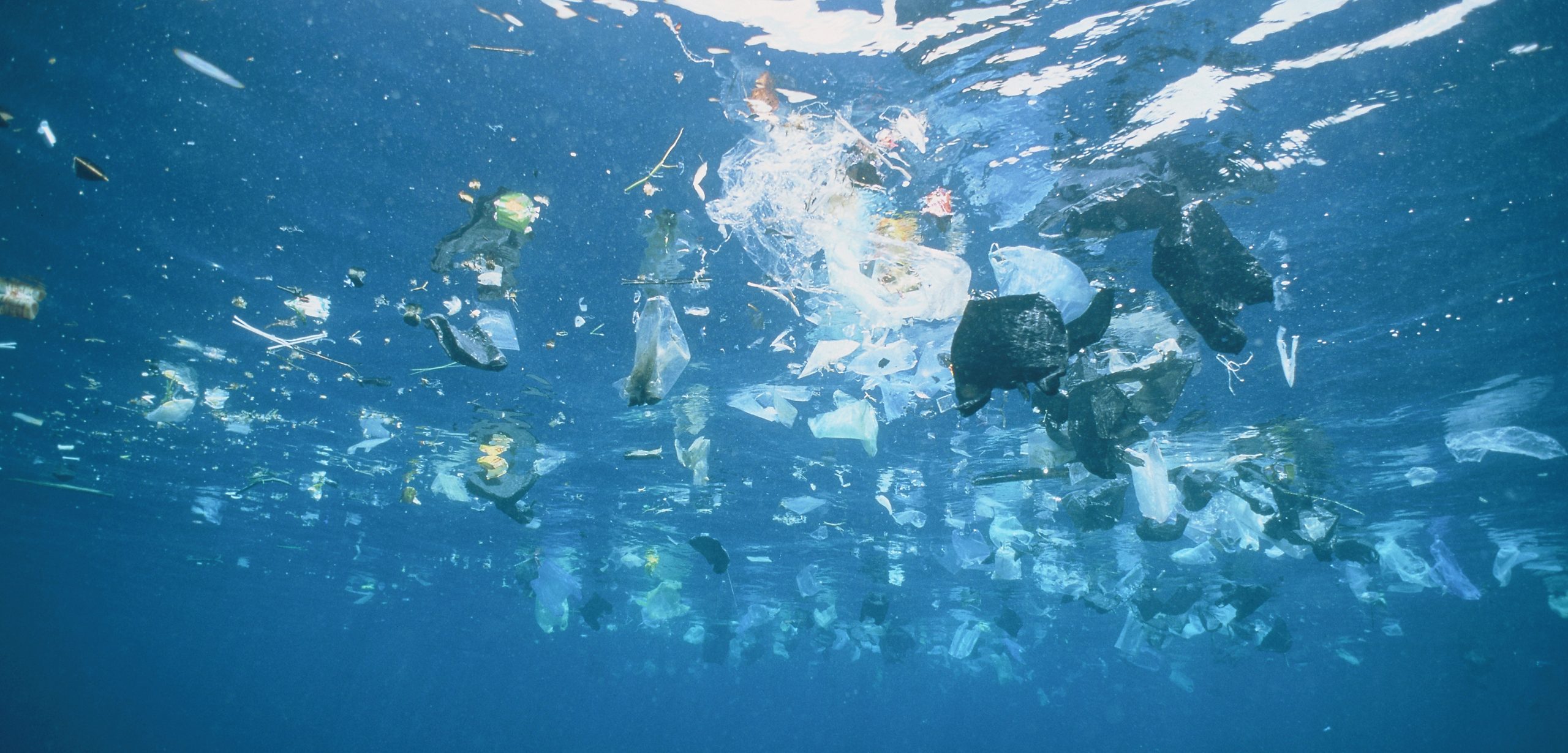Worried About Marine Plastic? Try Eating Bottom Feeders
The risks marine plastics pose to fish and humans is still largely unknown.
Article body copy
If you like eating seafood, but are less keen on consuming plastic, it might be worthwhile thinking about the type of fish you put in your mouth. According to a new study, fish that live and feed near the ocean’s surface are much more likely to be contaminated with plastic than those that live deeper down.
Biologist Gunnar Gerdts became interested in the issue of plastic in fish in 2013 after he heard that sport fishers off the German island of Heligoland were catching mackerel with long, colored synthetic fibers in their stomachs.
Later that year, Gerdts and his colleagues pulled 290 fish from the North and Baltic seas, including mackerel, flounder, herring, cod, and dab. They found that almost a fifth of the mackerel had plastic in their stomachs, compared to just 3.4 percent of flounder, cod, and dab.
The researchers suggest that mackerel consume more plastic for two reasons: they are unselective filter feeders; and they mainly feed near the surface, where they are more likely to encounter floating or neutrally-buoyant plastic particles. Bottom-dwellers like flounder, cod, and dab, they suggest, are less likely to encounter floating plastic.
Mackerel may also be confusing plastic for food: long, thread-like plastic particles tend to drift on the ocean’s surface and collect in certain areas, held by winds and currents, just like young seahorses and pipefishes—a favorite prey of mackerel.
Strangely, none of the herring, which are also surface-dwelling filter feeders, had eaten any plastic. But most of their digestive tracts were empty, and the researchers write that they may have been gearing up to spawn, which suppresses their feeding activity.
The research feeds into the growing awareness of plastic in fish. In another study last year, scientists found that a quarter of fish purchased from markets in the United States and Indonesia had plastic in their stomachs. But the risks posed by these plastics, to both marine life and to us when we eat the fish, are still unclear.
Gerdts found no evidence that the fish in his study were suffering any ill effects from the plastic.
David Mazurais, a scientist at the French Research Institute for Exploitation of the Sea, has been running laboratory experiments looking at the biological and chemical effects of plastic microbeads on sea bass larvae. In a recent study, he found that the plastic had limited effects on the larvae. But he and his colleagues caution that their experiments don’t perfectly replicate the sort of plastics that fish are likely to consume in their natural environments.
“So far, translocation of microplastic from the digestive tract to the circulatory system in fish has not been demonstrated,” Mazurais says. This means that, so far, there is no evidence of there being a risk to humans from eating plastic-contaminated fish, but it’s an issue that clearly needs more attention.

